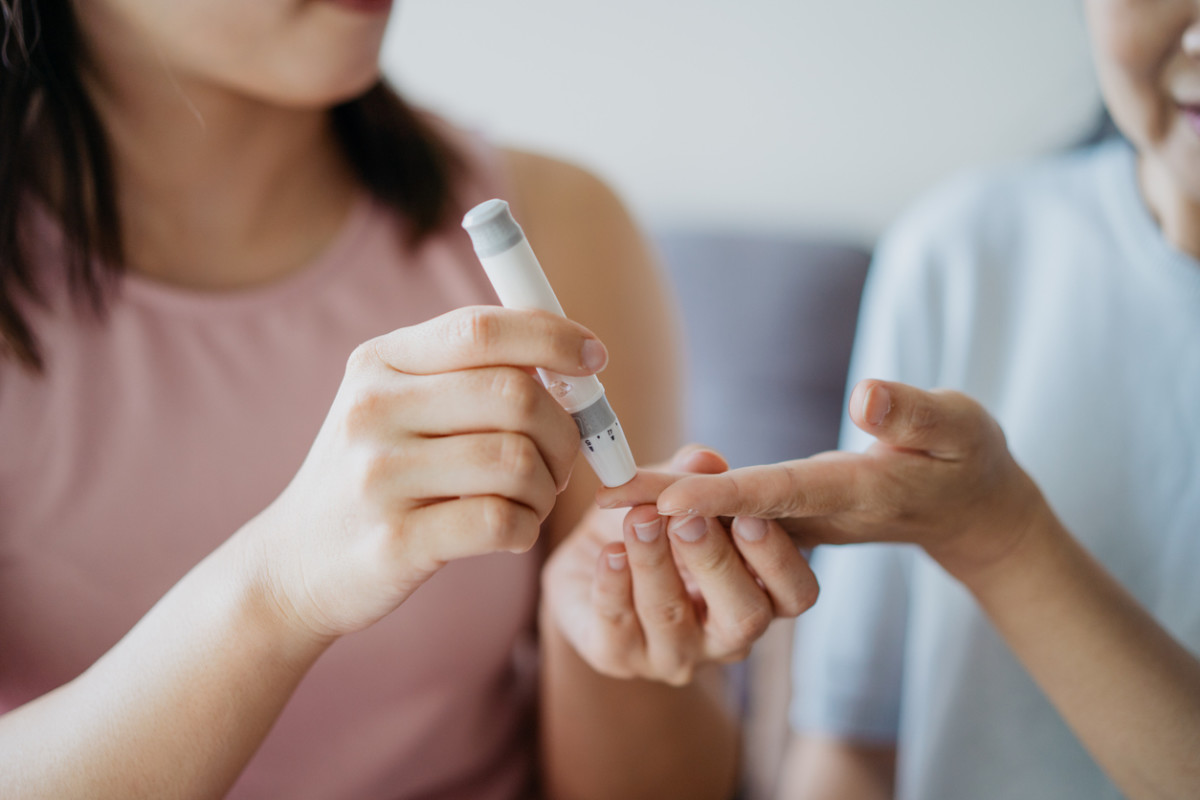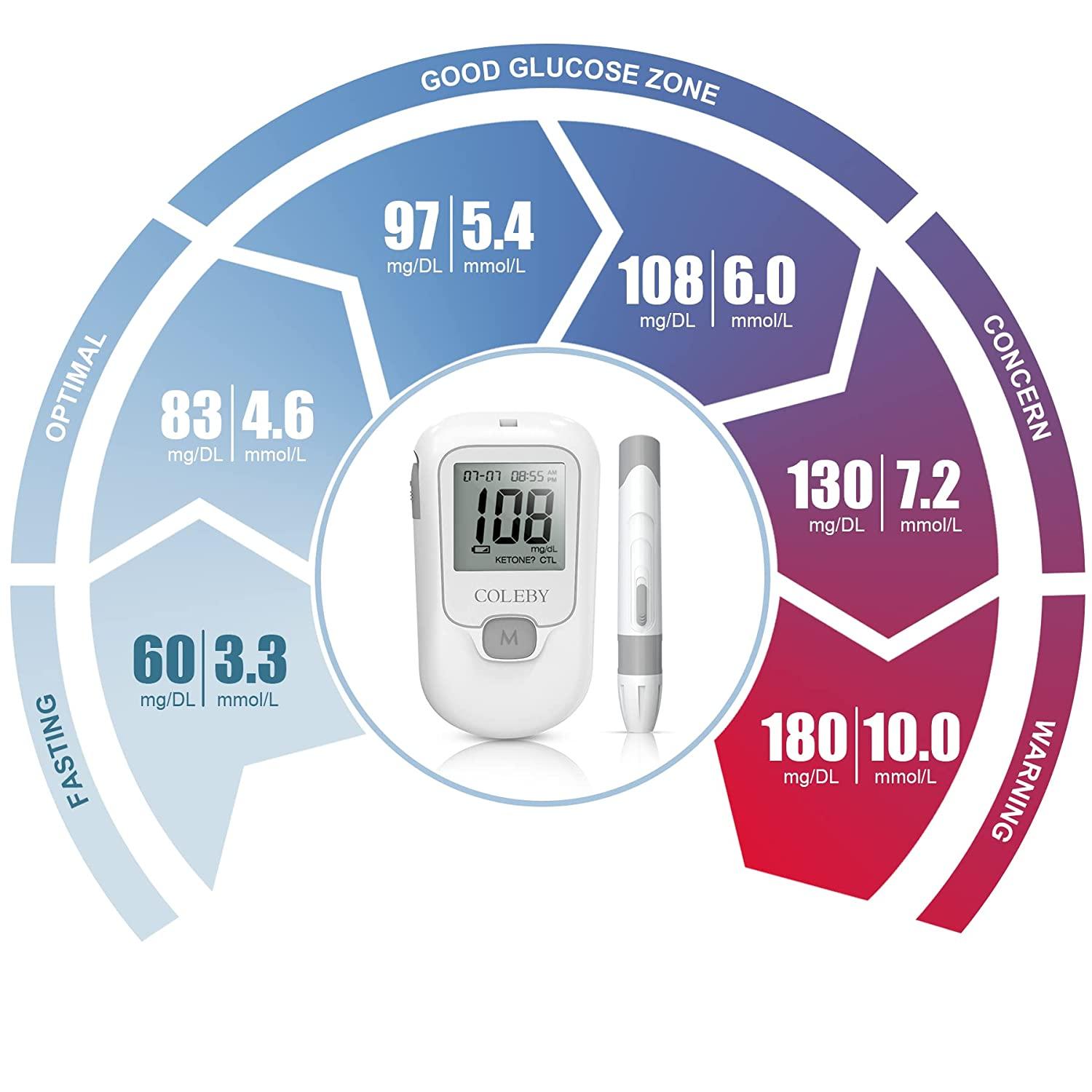
Key facts
- Blood glucose tests are also known as blood sugar tests.
- Blood glucose tests are usually used to check for or monitor diabetes.
- Blood glucose tests may also be recommended if you have symptoms that may be related to low blood glucose levels.
- Blood glucose tests may be done as part of a test called an oral glucose tolerance test (OGTT).
- If your result shows a high blood glucose level, your doctor may suggest repeating the test and having other tests.
What is a blood glucose test?
Blood glucose tests are also sometimes called blood sugar tests.
Glucose is a simple sugar that supplies energy for your body. Blood glucose tests measure the amount of glucose in your blood. They are generally taken at a pathology collection centre.
A blood glucose test may be done:
- after you have fasted (not eaten for several hours)
- without any special preparation (this is called a random or non-fasting blood glucose test)
- as part of a test called an oral glucose tolerance test (OGTT)
When is a blood glucose test recommended?
Blood glucose tests are usually used to check for or monitor diabetes.
Your doctor may recommend this test if you:
- are at risk of developing diabetes
- have symptoms of diabetes
- have had test results suggesting you may have diabetes
Additional diabetes tests, such as the HbA1c test, may be needed if your doctor thinks you may have diabetes.
How do I prepare for a blood glucose test?
For a fasting blood glucose test, you can’t eat anything for 8 to 12 hours before the test. You should drink only water. Drinking water before your blood test may make it easier to take your blood.
There is no special preparation for a random blood glucose test.
What happens during a blood glucose test?
Blood glucose tests are usually done at a pathology collection centre. You will have blood taken, usually from a vein in your arm. The blood will then be sent to a laboratory for testing.
What is an oral glucose tolerance test (OGTT)?
An OGTT measures how your body responds to glucose.
When is an oral glucose tolerance test recommended?
An OGTT is sometimes used to check for type 2 diabetes and pre-diabetes.
Pre-diabetes is when blood glucose levels are higher than normal, but not high enough to diagnose type 2 diabetes.
OGTTs are routinely recommended to check for gestational diabetes – a type of diabetes that starts in pregnancy.
What happens during an oral glucose tolerance test?
You need to book an appointment at a pathology collection centre. It’s a good idea to book your appointment for before 10am. Allow several hours for the test.
You will first have your blood taken. Then you’ll be asked to drink a glucose solution over 5 minutes.
After you’ve had the glucose drink, one or more blood tests will be taken. Tests will be done:
- at 1 hour in pregnant women (and children and teenagers having this test)
- at 2 hours for all people having the test
After drinking the solution, you can’t have anything else to eat or drink until the test is finished.
What do my blood glucose test results mean?
Your doctor will look at your blood test results in the context of your situation and why you are having the test. They will discuss with you what the test results mean for you.
High blood glucose levels are usually caused by diabetes, pre-diabetes or gestational diabetes. But there are also some other conditions that can cause high and low blood glucose levels.
If your result shows a high blood glucose level, your doctor may suggest repeating the test and having other tests.


